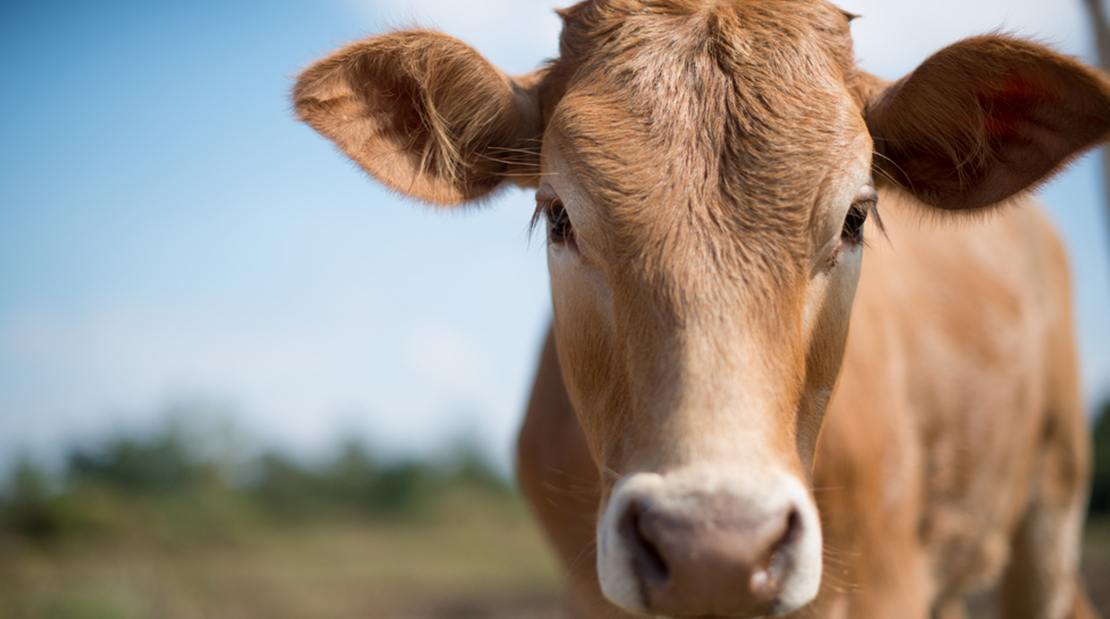
Cow Facts
As with any living being, there are illnesses and diseases that can occur unexpectedly. With cows comes the potential for a multitude of health concerns. Though, an average lifespan is 18-22 years, the majority of cattle don’t live that long because they’re used for production. But, I want to provide a few suggestions to safeguard your animal against some of the most common issues, to ensure they live to their fullest potential.
Preventative Care and Treatment
Cows, especially when young, are susceptible to gastro-intestinal (GI) parasites. It’s important to have them on a deworming schedule, ensuring it remains up-to-date. Because cows are grazers and can be indiscriminate eaters, be sure your yard and living space is policed constantly. It’s imperative to prevent them from ingesting a foreign body. So, you should avoid having balls, metal pieces, or other items hidden in tall grass they could swallow, that could potentially harm them.
Pneumonia and diarrhea, especially when young, are cause for concern. Vaccines are important against disease that could cause these, including the black leg vaccination which should be given as early as 8 weeks old, but by 2-3 months of age.
Mastitis, which is inflammation of the mammary glands, is rather common in cows that are raised to be heavy milk producers, with the routine of being milked 2-3 times per day. Regarding diseases related to beef cattle, we more commonly see GI issues and pneumonia, which can be treated with antibiotics, deworming, sometimes surgical procedures, and diet change.
Doc, what are your thoughts on castration and hoof trimming?
I’m glad you asked. Unless you’re raising a bull for the purpose of breeding, I recommend castrating the males. It can be done at a very young age, depending on the owner’s preference. I recommend doing it between 2-6 months old, by way of surgery or banding technique. However, castration can be done even until the cows are full-grown adults.
Hoof trimming is not essential, but it can be necessary depending on the substrate or environment of the cow. Typically, we don’t have great concerns regarding that, like we would a horse because cows tend to wear them down through life. If they do have over growth, however, it is recommended to trim them.
Do you think you know a lot about cows? Well, check this out. I’m going to let you in on a few cool facts.
- Did you know cows are pregnant roughly the same amount of time as a human woman? During breeding, there is a chance they could become pregnant with twins, but a single calf is preferred. (However, when goats twin, it’s a win!)
- When I was in veterinarian school, there was a cow that had dystocia (the calf was too big inside of the mother), so we had to perform a c-section. Yep, a c-section, for a cow!
- There was also a time where we used artificial insemination to impregnate a cow because we didn’t allow the bull to mate naturally. We took the sperm of the bull and synchronized with the cow’s monthly cycle, where we then injected the sperm.
Those are just a couple of examples of how unique situations can occur with these extremely large animals.
But, as always, doing your research and developing a relationship with a vet who has experience will help you keep your animal in tip-top shape.

